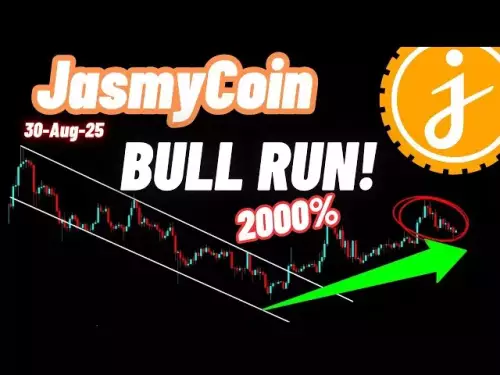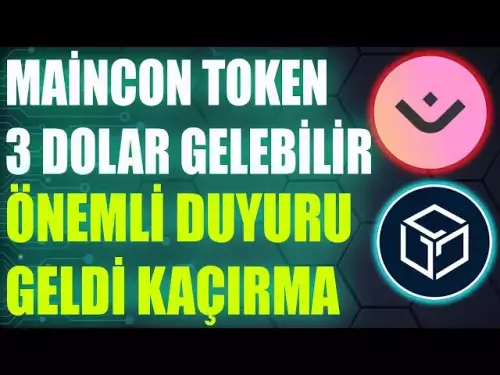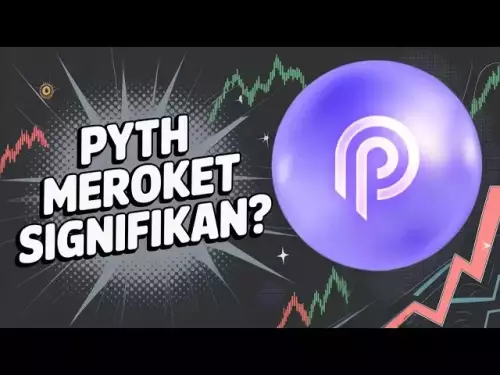-
 Bitcoin
Bitcoin $108800
0.43% -
 Ethereum
Ethereum $4353
0.12% -
 Tether USDt
Tether USDt $1.000
-0.01% -
 XRP
XRP $2.809
-0.56% -
 BNB
BNB $858.7
-0.02% -
 Solana
Solana $201.2
-1.21% -
 USDC
USDC $0.9999
0.00% -
 Dogecoin
Dogecoin $0.2153
1.48% -
 TRON
TRON $0.3385
0.33% -
 Cardano
Cardano $0.8194
-0.22% -
 Chainlink
Chainlink $23.37
0.07% -
 Hyperliquid
Hyperliquid $44.01
0.08% -
 Ethena USDe
Ethena USDe $1.001
0.01% -
 Sui
Sui $3.289
0.87% -
 Stellar
Stellar $0.3592
-0.16% -
 Bitcoin Cash
Bitcoin Cash $542.1
1.62% -
 Cronos
Cronos $0.3106
11.50% -
 Avalanche
Avalanche $23.74
1.06% -
 Hedera
Hedera $0.2256
-0.15% -
 UNUS SED LEO
UNUS SED LEO $9.496
0.22% -
 Litecoin
Litecoin $110.2
0.47% -
 Toncoin
Toncoin $3.125
2.15% -
 Shiba Inu
Shiba Inu $0.00001234
1.67% -
 Polkadot
Polkadot $3.791
0.69% -
 Uniswap
Uniswap $9.688
1.54% -
 Dai
Dai $0.0000
-0.01% -
 Bitget Token
Bitget Token $4.531
0.00% -
 Aave
Aave $316.4
1.13% -
 Monero
Monero $257.2
-0.14% -
 Ethena
Ethena $0.6525
2.68%
What are the different order types on Gemini?
Gemini offers market, limit, and stop-limit orders, each serving distinct trading needs—from instant execution to strategic risk management.
Aug 31, 2025 at 01:00 am
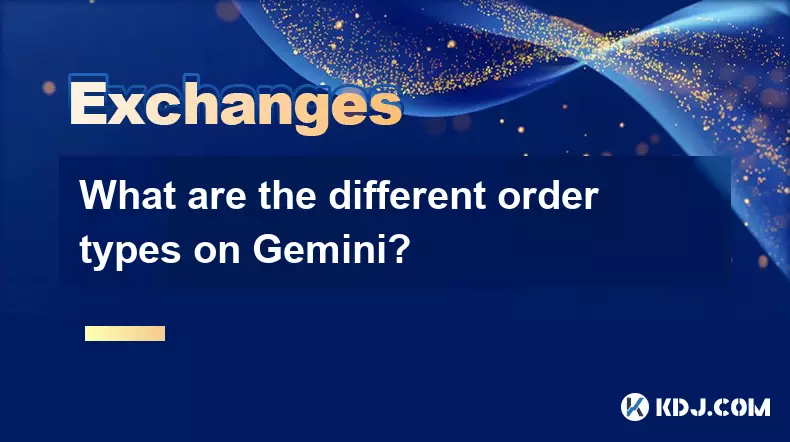
Market Orders on Gemini
1. Market orders allow traders to buy or sell a cryptocurrency instantly at the current market price. These orders are executed immediately, ensuring quick entry or exit from a position. Since market orders prioritize speed over price, they may result in slight price deviations during volatile market conditions.
2. This order type is ideal for users who want immediate execution and are less concerned about minor price fluctuations. It is commonly used during high-liquidity periods when the bid-ask spread is narrow, minimizing slippage.
3. On Gemini, market orders are accessible through both the basic and advanced trading interfaces. The platform displays real-time price estimates before execution, helping users understand the approximate cost of their trade.
4. Traders should exercise caution when placing market orders during low-liquidity events or sudden price swings, as the final execution price may differ significantly from the displayed price.
5. Gemini charges a standard fee for market orders based on the user’s trading volume and membership tier, aligning with its transparent fee structure.
Limit Orders and Their Functionality
1. Limit orders enable users to set a specific price at which they are willing to buy or sell an asset. The trade will only execute when the market reaches the predefined price, offering greater control over entry and exit points.
2. These orders are not guaranteed to be filled, especially if the market does not reach the specified price. However, they are essential for strategic trading, allowing users to target optimal price levels without constant monitoring.
3. On Gemini, limit orders can be placed as either 'maker' orders, which add liquidity to the order book, or they may become taker orders if they match existing orders immediately. Maker orders typically receive lower fees.
4. Users can set time-in-force parameters for limit orders, including Good-Til-Canceled (GTC), Immediate-or-Cancel (IOC), and Fill-or-Kill (FOK), providing flexibility in execution strategy.
5. Limit orders are widely used by experienced traders who aim to maximize profit margins and minimize slippage by avoiding market volatility.
Stop-Limit Orders for Risk Management
1. Stop-limit orders combine features of stop orders and limit orders. A stop price triggers the order, and once triggered, it becomes a limit order at the specified limit price.
2. This order type is particularly useful for managing downside risk or capturing gains when price movements reach a certain threshold. For example, a trader can set a stop-limit to sell if a cryptocurrency drops below a key support level.
3. On Gemini, users must define both the stop price and the limit price when placing this order. If the market moves rapidly past the limit price after the stop is triggered, the order may not execute fully or at all.
4. Stop-limit orders provide a safeguard against emotional trading decisions by automating responses to predefined market conditions.
5. These orders are commonly used in conjunction with technical analysis to align with resistance levels, moving averages, or breakout patterns.
Frequently Asked Questions
What is a post-only order on Gemini? A post-only order ensures that the limit order is placed only as a maker order. If the order would immediately match with an existing order, it is canceled instead of executing, helping traders avoid taker fees.
Can I modify or cancel a limit order after placing it? Yes, users can edit or cancel limit orders at any time before they are executed. This functionality is available in the open orders section of the Gemini trading interface.
Does Gemini support trailing stop orders? As of now, Gemini does not offer trailing stop orders. Users must manually adjust stop-limit orders to follow price trends or use external tools for dynamic stop management.
Are there any hidden fees for using advanced order types? No, Gemini maintains a transparent fee schedule. The cost depends on whether the order acts as a maker or taker, regardless of the order type used.
Disclaimer:info@kdj.com
The information provided is not trading advice. kdj.com does not assume any responsibility for any investments made based on the information provided in this article. Cryptocurrencies are highly volatile and it is highly recommended that you invest with caution after thorough research!
If you believe that the content used on this website infringes your copyright, please contact us immediately (info@kdj.com) and we will delete it promptly.
- Meme Coin Presales: Hunting for 100x Potential in a Wild Market
- 2025-08-31 10:45:12
- BNB Tokenomics: Deflationary Burns & Governance Upgrades Driving Value in 2025
- 2025-08-31 10:50:13
- Crypto Assets, Wall Street, and VanEck CEO: A New Era?
- 2025-08-31 09:05:19
- Bitget's Liquidity Leap: How Institutional Adoption is Reshaping the Crypto Landscape
- 2025-08-31 09:25:13
- Crypto Investment in 2025: Presale Gains with an AI Edge
- 2025-08-31 09:45:15
- Elon Musk, DOGE Treasury, and a Lawyer: A New Chapter for Dogecoin?
- 2025-08-31 10:05:17
Related knowledge
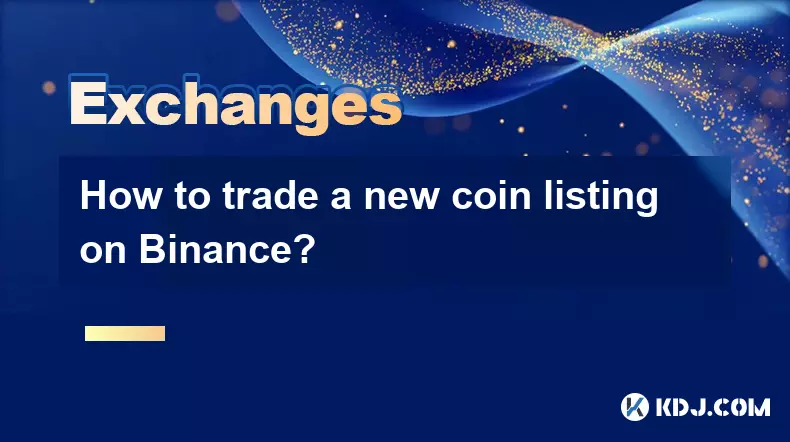
How to trade a new coin listing on Binance?
Aug 29,2025 at 11:14am
Understanding the Pre-Listing Phase1. Research the project thoroughly before any listing announcement. Whitepapers, team backgrounds, and community se...
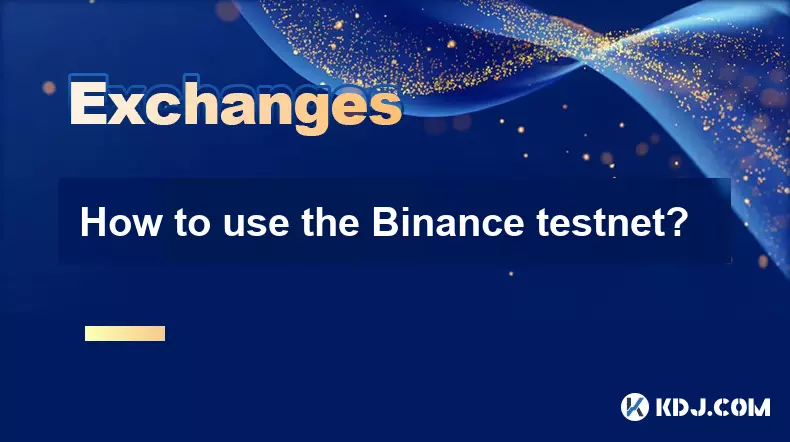
How to use the Binance testnet?
Aug 31,2025 at 02:19am
Understanding the Binance Testnet Environment1. The Binance testnet is a simulated version of the Binance Smart Chain (BSC) that allows developers and...
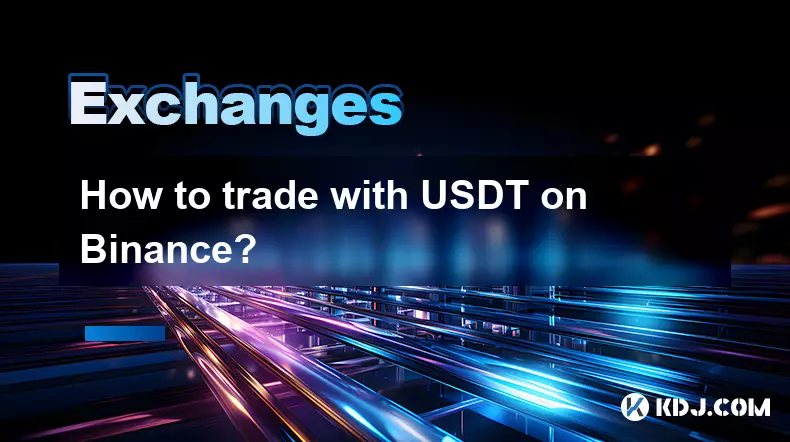
How to trade with USDT on Binance?
Aug 30,2025 at 02:19am
Getting Started with USDT Trading on Binance1. Create and verify your Binance account. Visit the official Binance website and complete the registratio...
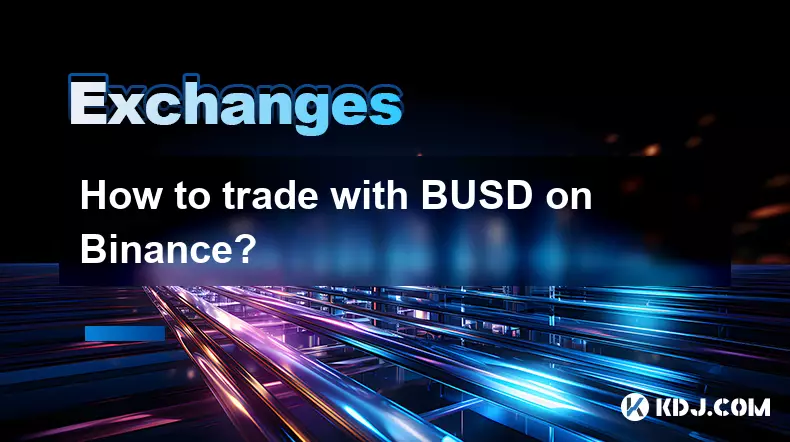
How to trade with BUSD on Binance?
Aug 30,2025 at 07:42am
Understanding BUSD and Its Role in Binance Trading1. BUSD, or Binance USD, is a stablecoin pegged to the value of the U.S. dollar, meaning 1 BUSD is a...
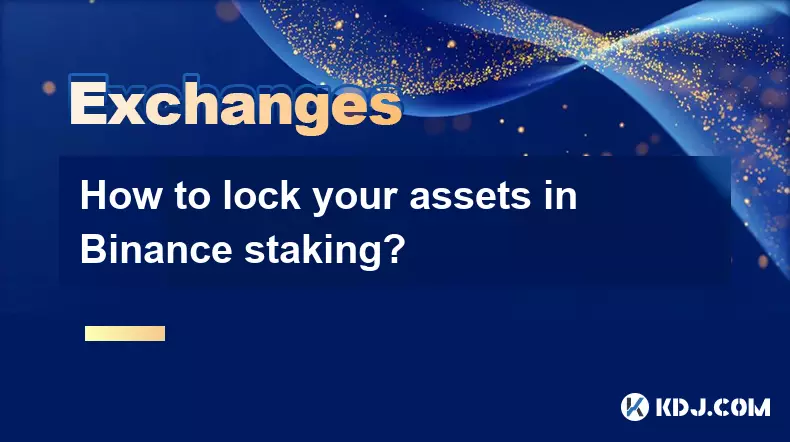
How to lock your assets in Binance staking?
Aug 30,2025 at 01:37pm
Understanding Binance Staking Options1. Binance offers multiple staking products including Locked Staking, DeFi Staking, and Liquid Staking. Each prod...
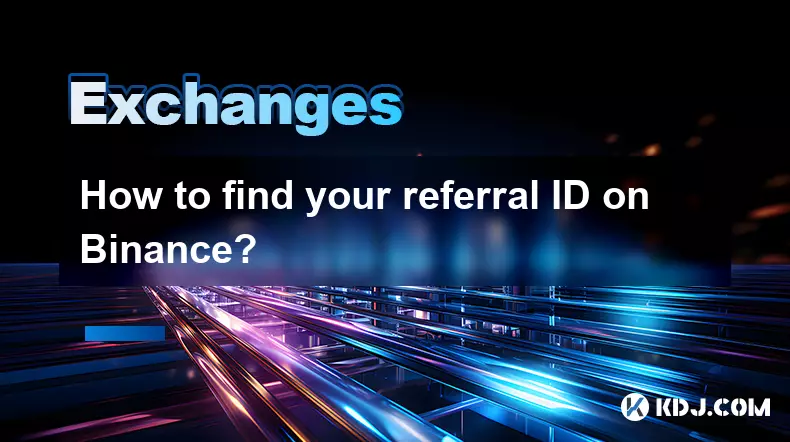
How to find your referral ID on Binance?
Aug 30,2025 at 12:18am
Understanding the Importance of a Referral ID on Binance1. A referral ID on Binance is a unique identifier assigned to each user who participates in t...

How to trade a new coin listing on Binance?
Aug 29,2025 at 11:14am
Understanding the Pre-Listing Phase1. Research the project thoroughly before any listing announcement. Whitepapers, team backgrounds, and community se...

How to use the Binance testnet?
Aug 31,2025 at 02:19am
Understanding the Binance Testnet Environment1. The Binance testnet is a simulated version of the Binance Smart Chain (BSC) that allows developers and...

How to trade with USDT on Binance?
Aug 30,2025 at 02:19am
Getting Started with USDT Trading on Binance1. Create and verify your Binance account. Visit the official Binance website and complete the registratio...

How to trade with BUSD on Binance?
Aug 30,2025 at 07:42am
Understanding BUSD and Its Role in Binance Trading1. BUSD, or Binance USD, is a stablecoin pegged to the value of the U.S. dollar, meaning 1 BUSD is a...

How to lock your assets in Binance staking?
Aug 30,2025 at 01:37pm
Understanding Binance Staking Options1. Binance offers multiple staking products including Locked Staking, DeFi Staking, and Liquid Staking. Each prod...

How to find your referral ID on Binance?
Aug 30,2025 at 12:18am
Understanding the Importance of a Referral ID on Binance1. A referral ID on Binance is a unique identifier assigned to each user who participates in t...
See all articles























